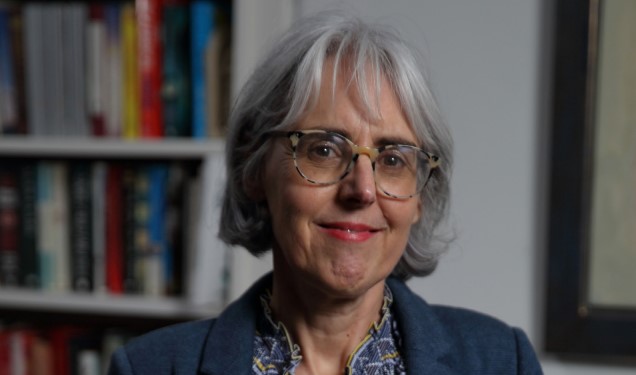The number of new strokes will increase by 51% from 100,000 to 151,000 by 2035, costing over £75bn – roughly half the current NHS budget, according to analysis by the Stroke Association.
It warned a combination of ageing population, lifestyle factors and insufficient action on stroke prevention will increase the number of strokes by 51% by 2035.
As a result, the stroke survivor population will increase by 62% from 1.3 million to 2.1 million, nearly matching the current population of Slovenia, with a significant impact on the UK workforce, the association added.
Currently, one in four strokes happen to people of working age and 37% of working age stroke survivors give up work following their stroke meaning that by 2035, there will be over 173,000 stroke survivors missing from the workforce.
The current loss of productivity due to stroke is £1.6bn, which is set to increase by 136% by 2035.
Consequently, the association is calling for better approaches to prevention, treatment and recovery from stroke, to be included in political parties’ manifestos for the upcoming general election to reduce the burden of stroke on people’s lives, the NHS and the economy.
The cost of stroke by 2035 is estimated to exceed £75bn, which is nearly half of the current NHS budget. And the association said this is avoidable with targeted government intervention on stroke prevention, treatment and recovery.
The analysis is based on a 2020 report from the Stroke Association and 2024 research from the Health Foundation.
Avoidable burden
Juliet Bouverie, chief executive at the Stroke Association, (pictured) said: “The demand for NHS services will be unsustainable by 2035.
“If the next government fails to tackle prevention, treatment, and recovery at the root, then stroke will become the most avoidable burden on the NHS. Every stroke is a tragedy, but 151,000 strokes per year, and growing each year, will be a failure of leadership.
“In 2000, stroke was the second leading cause of death in the UK but by making stroke a national priority reflected in local resources, stroke mortality was halved by 2010. So, change is possible.”
Left with a disability
Stroke occurs when blood flow to the brain is disrupted by a clot in an artery or a bleed, causing the brain to start to die. For every minute a stroke goes untreated, 1.9 million brain cells die.
In 2023, only 40% of stroke patients were admitted to specialised stroke care units within the four-hour target, down from 55% pre-pandemic.
According to the association, currently 60% of patients who survive will be left with a disability; it warned for many, this meant not being able to walk, write, speak or even see or swallow.
While recovery is possible, it added this often requires rehabilitative therapies such as physiotherapy, occupational therapy and speech and language therapy and few patients receive the recommended dose of these they need.
Stroke survivor Marwar Uddin, from London said: “Stroke is one of the worst things because of the long-term impact. I need help to go to the toilet. I can’t even dress myself.
“My voice is different now. I’m a different person. I cry myself to sleep most days. It’s difficult for me.
“Thanks to Life After Stroke services, I’ve slowly been rebuilding myself and I am also set to start a phased return to work later this year.
“If I didn’t have any of this support, I think I would still be in a chair in my living room watching the world go by.”
